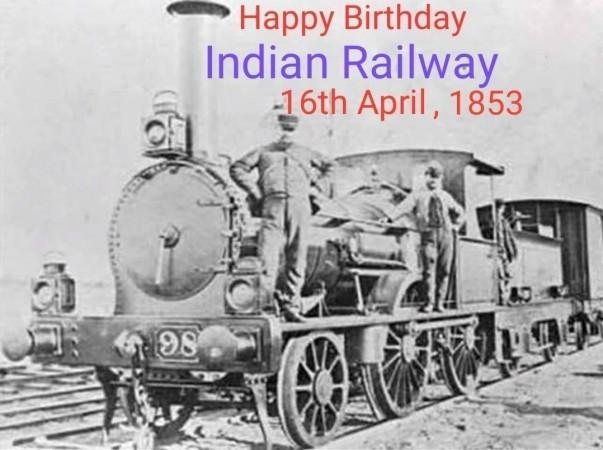Exactly 168 years ago, the first passenger train ran between Bori Bunder (Bombay) and Thane. The date was 16th April, 1853 and the distance was roughly 34 kms. It carried 400 passengers.

From the first locomotive comprising just a few carriages to the lifeline of Mumbai (suburban trains colloquially termed Mumbai locals) the history of Indian Railways is as historical, diverse and interesting as India itself. The first passenger line was built through a collaboration between Great Indian Peninsular Railway and the East India Company. While at firsts, the first electric train ran between Bombay (Mumbai) and Kurla in 1925.
The railways of India and historical journey
The miniature India gallery at National Rail Museum depicts modern India through working rail models. As for the museum, it has one of the most exhaustive collections in the history of Indian Railways. The success of the first line propelled subsequent launches of Railways in Eastern India and South India. As a result, Calcutta-Delhi line was set up in 1864 and the Allahabad-Jabalpur line in 1867.
After decades of financial and infrastructural investment, by 1900s, the Indian Railways finally began to be profitable. In 1901, the Railways Board was established and from thereon with each passing year, the government had been investing heavily and started purchasing most of the major lines and leasing them back to private operators.
The phenomenon called 'Mumbai local'
Before the pandemic literally stopped the trains in their tracks, the Mumbai locals were considered a cultural trip in themselves. The statistics that are used to describe the rail network in Mumbai are more of a statement in itself.
It is widely quoted that a total of 7.5 million people travel in 2,342 trains that run daily. The annual figure turns out to 2.7 billion people who use the trains every year, thereby making Mumbai's local rail network the busiest commuter train system in the world.
The images of overcrowded trains and people inching out of the compartments are a regular sight and strongly associated with Mumbai's resilience. The world famous 'dabbawalas of Mumbai' primarily rely on the local train network to deliver food to millions every day.
The Railway network itself has suffered and survived several personal setbacks, from World Wars that stemmed its development to Partition when a little less than half of the network was lost to Pakistan.
The Indian Railways, as it stands today
![In picture: Bullet Train [representational image] Bullet Train](https://data1.ibtimes.co.in/en/full/662013/bullet-train.jpg?h=450&l=50&t=40)
It's not just the history books, but several executives from Indian Railways Ministry who took to wishing Happy Birthday to Indian Railways. As old as history but as relevant and necessary as today. The next big step in the chapter of Indian rail system remains of bullet trains.
While the Japanese Embassy has already released the official pictures of the bullet train that will be used for the ambitious Mumbai-Ahmedabad High Speed Rail Project (MAHSR), it's unlikely the project will be completed by the announced year of 2023. The bullet train will most likely travel at an average speed of 320 kms per hour, while its maximum speed will be 350 kms per hour.


















